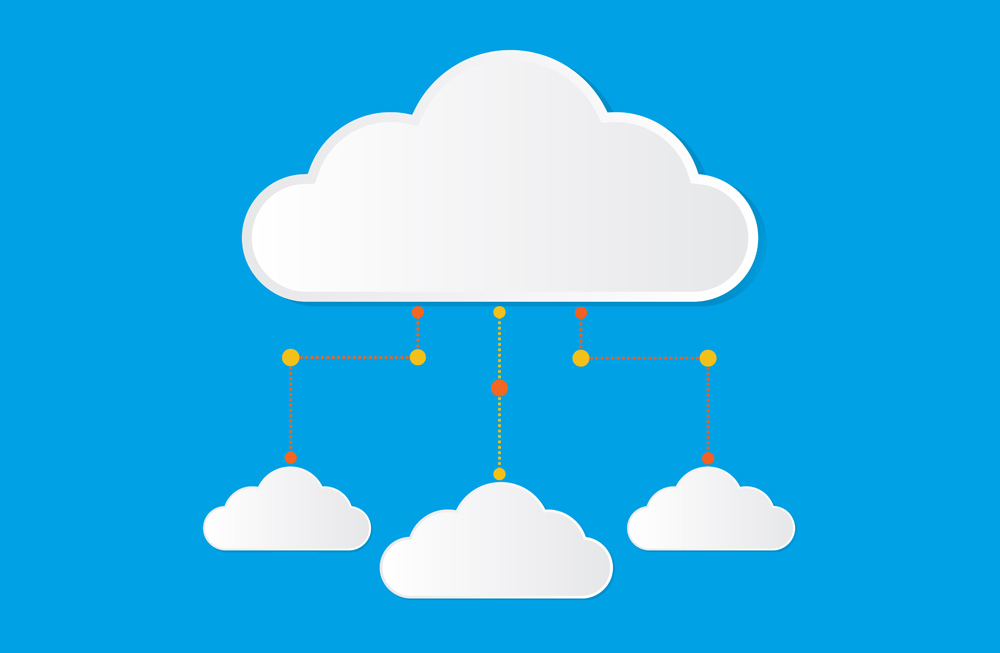Today’s IT and data communications manager has a wide range of choices about future architecture. The old days when every organisation had its own server room or its small in-house data centre are drawing to a close. As older operating systems, such as Windows XP and Server 2003 fall out of support, they are replaced by cloud-compatible or cloud-only systems. For software vendors, there are considerable attractions in moving their customers to the cloud, adding the value of their own data centre operations and increasing their billing. For this and many other reasons, cloud applications will continue to grow and replace in-house processes. The question is, which operational architecture best suits your business?
In-house operations
In-house provides visibility and control. Management feels it can wrap its arms around everything and feel safe and in control. Of course, at a time when the next cyber attack is just around the corner, that is largely an illusion. However, it makes non-IT managers feel comfortable and the emotional impact should not be underestimated. When IT was a peripheral addition to the organisation’s main operations, in-house IT was a logical decision. Today, the management, manipulation and communication of information is the main function of most businesses. The requirements laid on an in-house data centre are no less than those of a commercial data centre, but most fall far short. For example, few have 24/7 manned security, duplicated power systems, duplicated diesel generators (if any) and multiple fibre providers. Space, especially in London, is expensive, as too is insuring the company’s IT and so it’s unsurprising the world is moving away from in-house data centres.
Commercial data centres
Commercial data centres allow an organisation to move its IT and data communications operations to a third-party facility where all the usual shortcomings of the in-house data centre are resolved. Most commercial colocation data centres will have 24/7 manned security, ISO27001 data security certifications, fully redundant cooling and power systems, dual diesel generators, and at least a dozen fibre providers on site. It is essential to choose a data centre in a location where it is easily accessible, for the rare occasions when something does go wrong. A commercial data centre offering colocation services overcomes the disadvantages of an in-house data centre and may well work out cheaper overall.
The cloud
The cloud comes in two varieties – public and private. Public clouds are massive arrays of computing power in purpose-built data centres operated by large US-based multinational corporations. The best well-known examples are Amazon Web Services, Microsoft Azure and Google Cloud. Cloud computing is sold on demand, so it is highly scalable, with servers being spooled up and down again in line with demand levels. The tools provided by the public cloud vendors allow for easy interaction between computing apps and entities, making it quick to build platforms and execute applications on them. In an all-cloud implementation of an organisation’s IT and data communications, the business no longer needs to look after physical equipment, but still needs the same DevOps staff. Using public clouds also moves cost from capital expenditure to operational expenditure, which may be an advantage depending on the organisation’s financial policies. However, security is often considered a problem, with senior management asking “where is my data, is it safe and who else can access it?” There are no clear answers, in spite of the assurances from public cloud salesmen.
Private cloud is simply remote hosting operated by multiple suppliers. An example might be an accounting firm offering its clients online accounting services, rather than running accountancy packages on the client’s own premises. There are all sorts of private cloud implementations, and they are each as good or bad and as secure or insecure as the supplier makes them.
Hybrid cloud implementations
Hybrid cloud implementations are the way many businesses are going, either as a permanent strategy or a tentative stepping stone as they work out what is best for them. Hybrid cloud is essentially a mix-and-match of the options above and every hybrid cloud implementation is specific to the organisation requiring it. Business leaders may choose to run some of their applications on the organisation’s own servers, either in-house or in a commercial data centre, and run some of them in a public cloud. When taking this approach, businesses will generally use the public cloud for applications which are less security-conscious or have peaky workloads, calling up the external services as and when needed.
Predicting the future of fast moving industries is fraught with difficulty, but it does seem as though the overall trends are clear. Organisations start by implementing less critical applications in public or private clouds, then transition to all-cloud or to a long-term hybrid implementation. In-house IT installations are fading away but instead of updating hardware, businesses will replace in-house technology with mixtures of commercial data centres, public clouds and private clouds.




